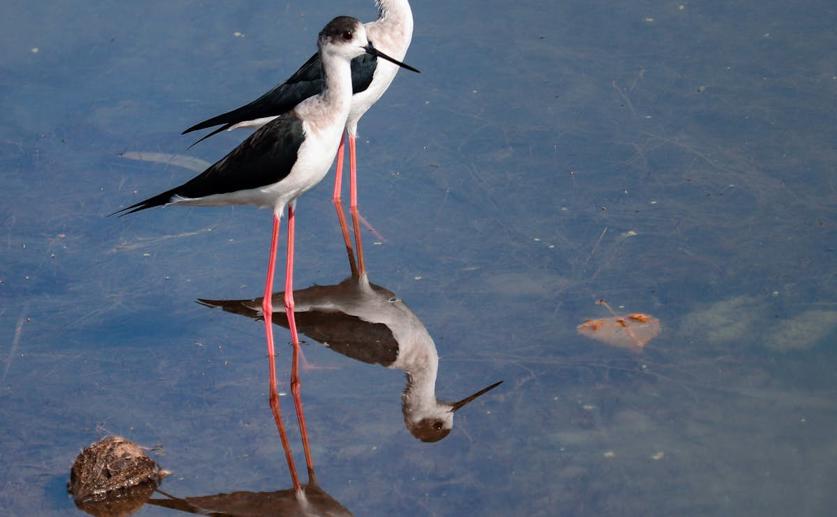
Hazardous Roommates: Birds and Bat Predators Living Together
Jim Crocker
14th March, 2024

Key Findings
- In Italy, blue tits successfully raised chicks near predatory greater noctule bats
- The study suggests greater noctules may only hunt birds in flight, not in nests
- This challenges the belief that these bats threaten nesting birds' survival
References
Main Study
1) Dangerous neighbours: Birds and bird-eating bats sharing tree cavities.
Published 12th March, 2024
https://doi.org/10.1002/ece3.11098
Related Studies
2) Continuous low-intensity predation by owls (Strix aluco) on bats (Nyctalus lasiopterus) in Spain and the potential effect on bat colony stability.
3) Nest-site competition and killing by invasive parakeets cause the decline of a threatened bat population.
4) The context dependence of non-consumptive predator effects.
5) Costs of fear: behavioural and life-history responses to risk and their demographic consequences vary across species.



 4th March, 2024 | Jenn Hoskins
4th March, 2024 | Jenn Hoskins